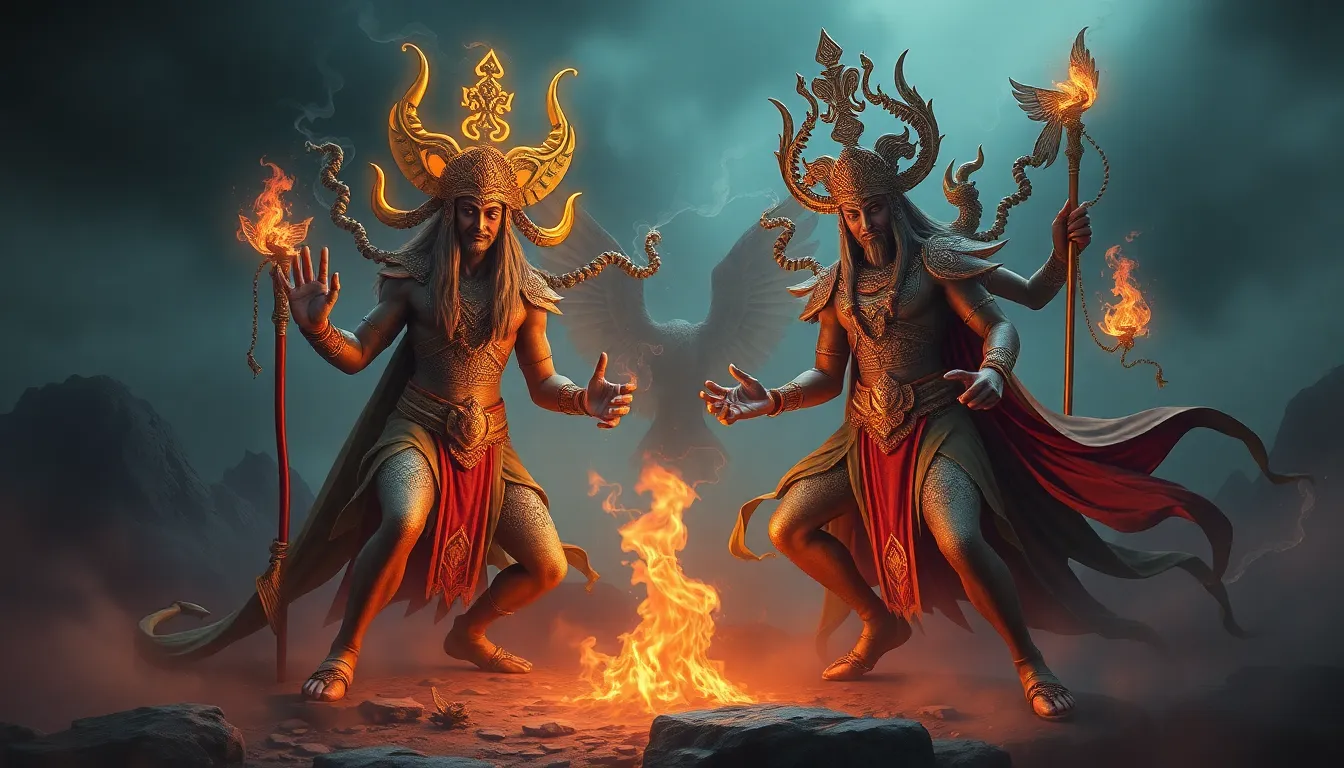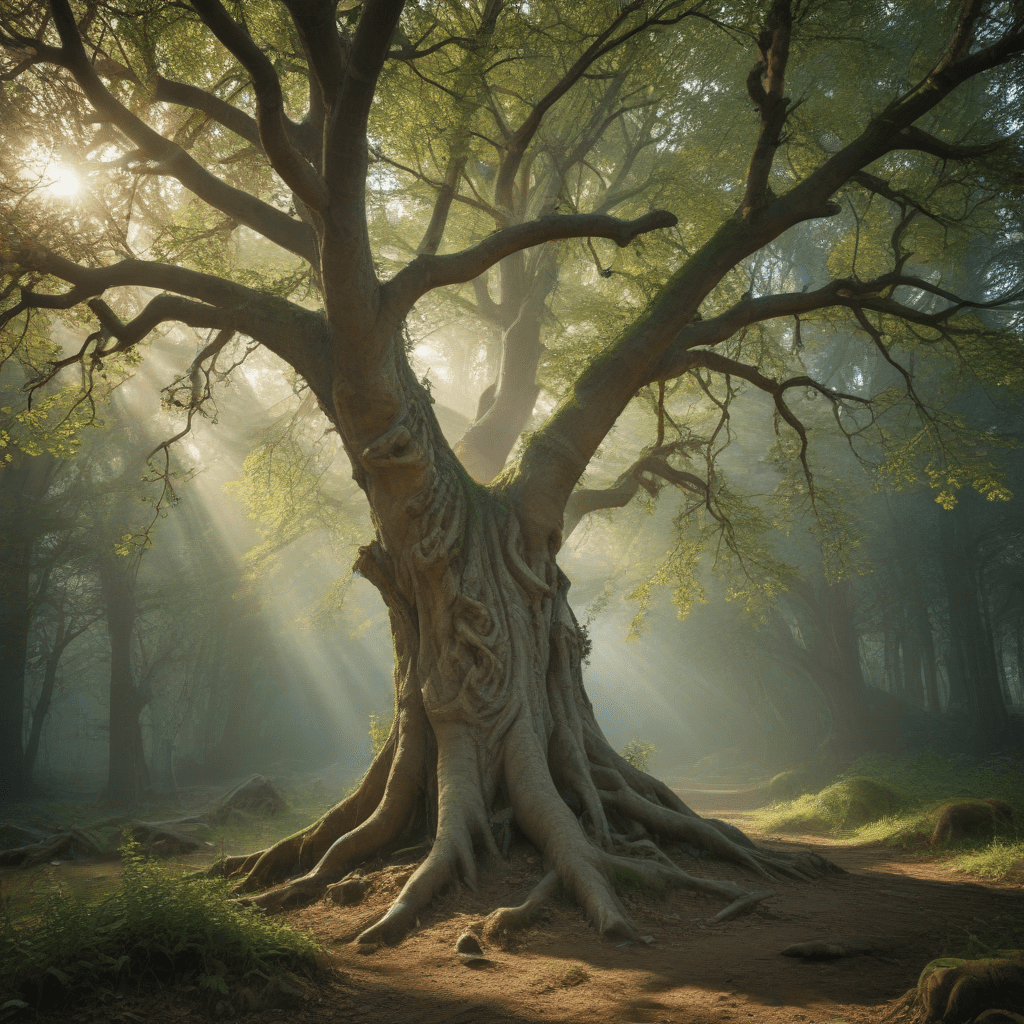Ancient Deities and Their Astounding Powers: What Can They Teach Us?
1. Introduction: The Allure of Ancient Deities
Across the globe, ancient deities have captivated the minds and hearts of countless generations. From the mighty Zeus of Greek mythology to the nurturing Ra of Egyptian lore, these powerful figures embody the values, fears, and aspirations of the cultures that revered them. The significance of their stories extends beyond mere entertainment; they offer insights into humanity’s quest for understanding and meaning in the world. This article delves into the lessons we can learn from these ancient figures and the profound impacts they have had on human civilization.
2. Understanding the Concept of Deity: Definitions and Classifications
To comprehend the influence of ancient deities, we must first understand what constitutes a deity. Generally, a deity is a supernatural being considered divine or sacred, often worshipped by followers. Different cultures have their own classifications of deities, which can typically be divided into three categories:
- Major Gods: These are the principal deities of a pantheon, such as Zeus, Odin, or Vishnu.
- Lesser Gods: Deities who have specific roles or associations, often linked to aspects of daily life or nature.
- Demigods: Figures who possess divine qualities but are not fully divine, often the offspring of a god and a human.
The role of deities in mythology and religion is paramount, serving as embodiments of natural forces, moral ideals, and cultural narratives.
3. The Pantheon of Powers: Major Ancient Deities and Their Abilities
Throughout history, many deities have stood out due to their extraordinary powers and domains:
- Zeus: The Greek god of the sky and thunder, known for his ability to control weather and wield lightning.
- Ra: The Egyptian sun god, symbolizing life and creation, often depicted as a falcon-headed man.
- Shiva: A principal deity in Hinduism, representing destruction and regeneration, embodying the cyclical nature of life.
- Athena: The Greek goddess of wisdom and warfare, symbolizing strategic skill and intelligence in battle.
These deities not only held immense power but also served as symbols of the values and ideals of their respective cultures.
4. Cultural Reflections: How Deities Represent Societal Values
Deities often serve as mirrors reflecting the values and ideals of their societies. For instance:
- Greek Deities: Emphasized humanism, virtue, and the importance of balance between reason and emotion.
- Egyptian Deities: Represented the afterlife, order, and the significance of nature’s cycles, reflecting the agrarian society.
- Hindu Deities: Embodied complex philosophies, societal roles, and the moral framework of Dharma.
- Norse Deities: Highlighted themes of bravery, fate, and the acceptance of death, reflecting the harsh realities of their environment.
These representations have significantly influenced cultural identity and social norms throughout history.
5. Mythical Lessons: What Ancient Stories Teach Us
Myths associated with major deities often convey moral and ethical lessons. For example:
- The story of Prometheus teaches about the consequences of defiance and the importance of foresight.
- The tale of Isis and Osiris emphasizes themes of loyalty, resurrection, and the enduring power of love.
- Shiva’s dance illustrates the balance of creation and destruction, reminding us of the cyclical nature of existence.
These stories remain relevant today, encouraging reflection on our own lives and the values we uphold.
6. The Intersection of Science and Mythology: Deities and Natural Phenomena
Ancient cultures often attributed natural phenomena to the actions of deities. For instance:
- Storms were seen as manifestations of divine anger, often linked to gods like Zeus.
- The changing seasons were attributed to the actions of deities, such as Demeter in Greek mythology.
- Fertility and harvests were linked to gods like Ceres and Freyr.
These explanations served to bridge the gap between humanity and the natural world, showcasing an early form of scientific understanding.
7. Rituals and Worship: Connecting with the Divine
Rituals dedicated to deities were central to ancient worship practices. These rituals served various purposes:
- Temples: Sanctuaries built to honor deities, often grand in architecture and central to community life.
- Sacrifices: Offerings made to appease gods, ranging from fruits to animals, reflecting devotion and gratitude.
- Festivals: Celebrations that integrated community, art, and spirituality, reinforcing cultural bonds.
Insights from these ancient practices continue to inspire contemporary spiritual movements and rituals.
8. The Evolution of Deity Worship: From Ancient Times to Modern Spirituality
Over time, perceptions of deities have evolved. Key shifts include:
- The transition from polytheism to monotheism in many cultures.
- The rise of secularism and skepticism regarding traditional beliefs.
- The resurgence of interest in ancient deities within modern spirituality and neopaganism.
These developments highlight the ongoing relevance of ancient beliefs in contemporary society.
9. Lessons for Today: Applying Ancient Wisdom in Modern Life
The attributes and stories of ancient deities can serve as inspiration for personal growth. By reflecting on their qualities, we can:
- Embrace courage and wisdom in our decision-making, inspired by figures like Athena.
- Recognize the importance of balance in our lives, as exemplified by Shiva.
- Understand the value of community and connection, themes prevalent in many ancient myths.
Ultimately, ancient deities offer timeless lessons that can guide us in navigating the complexities of modern life.


